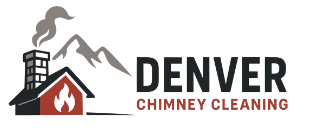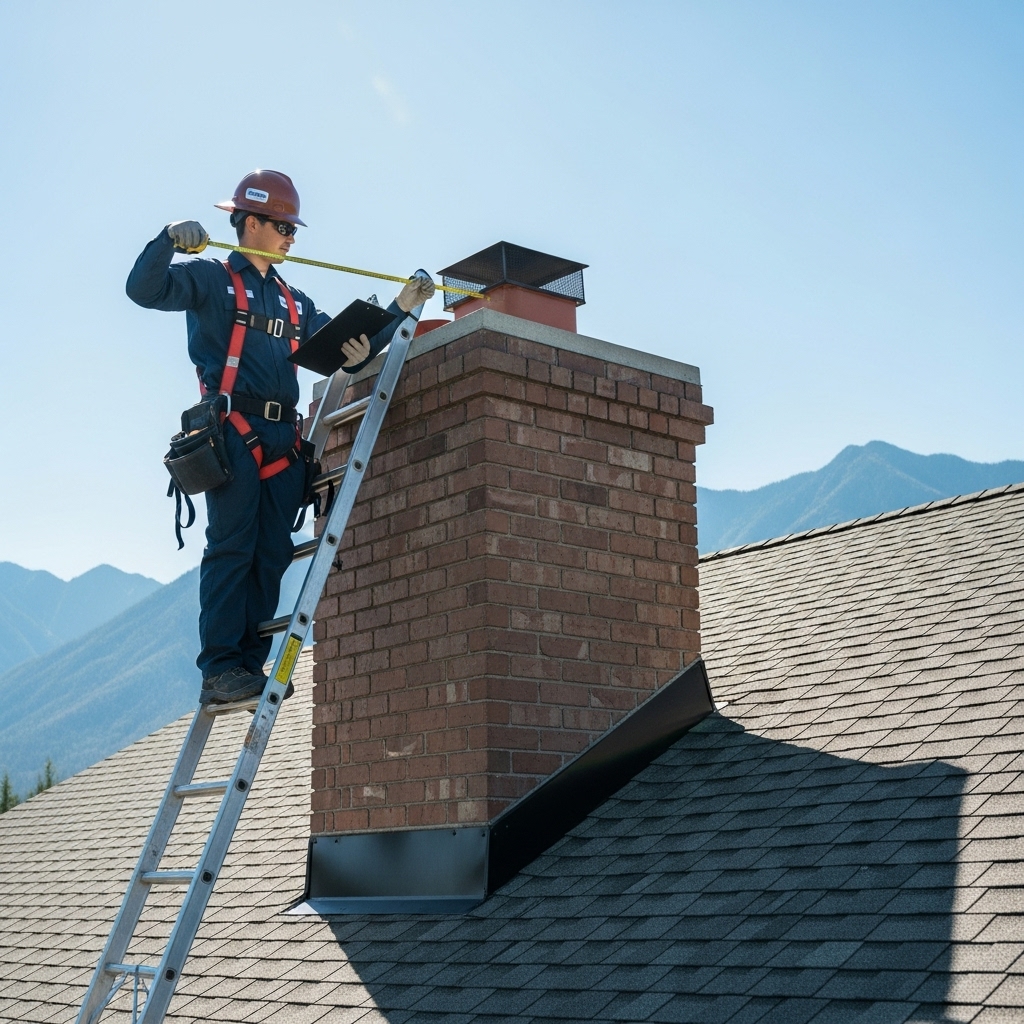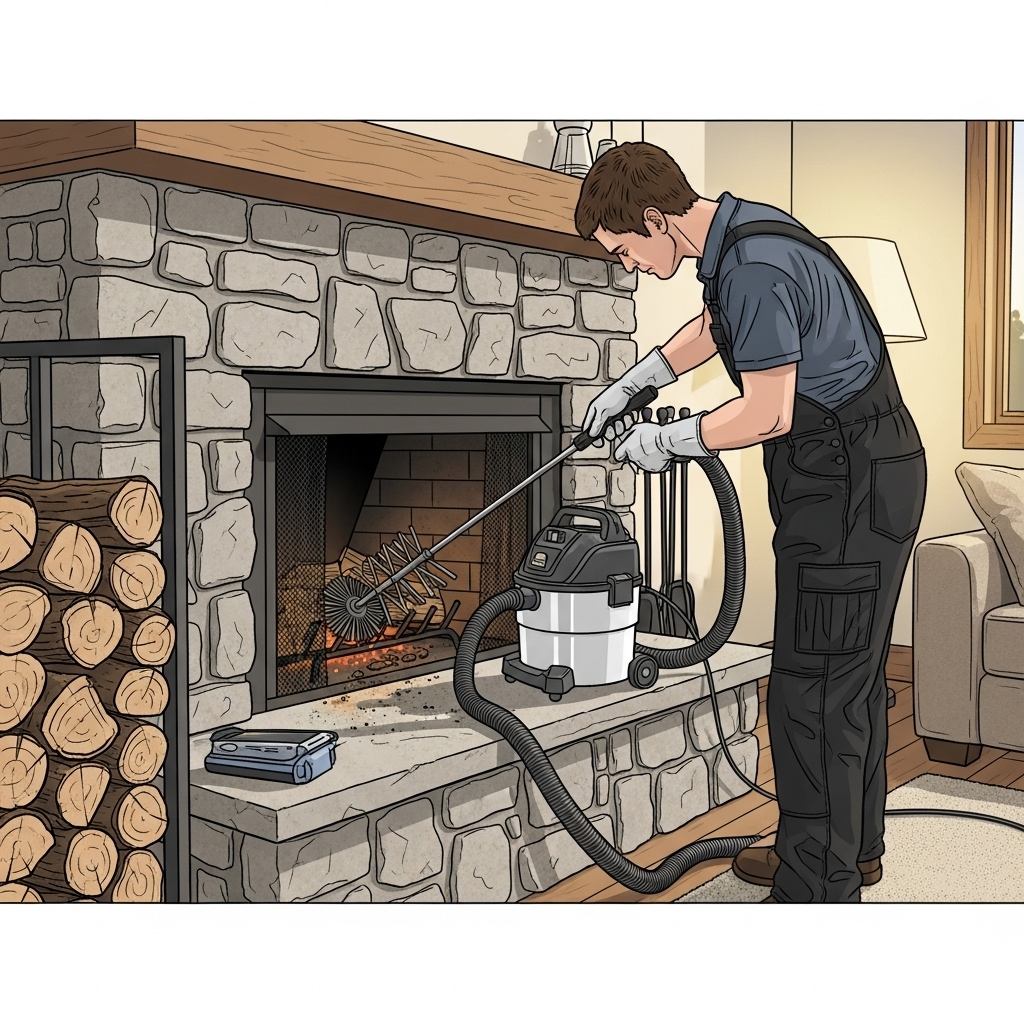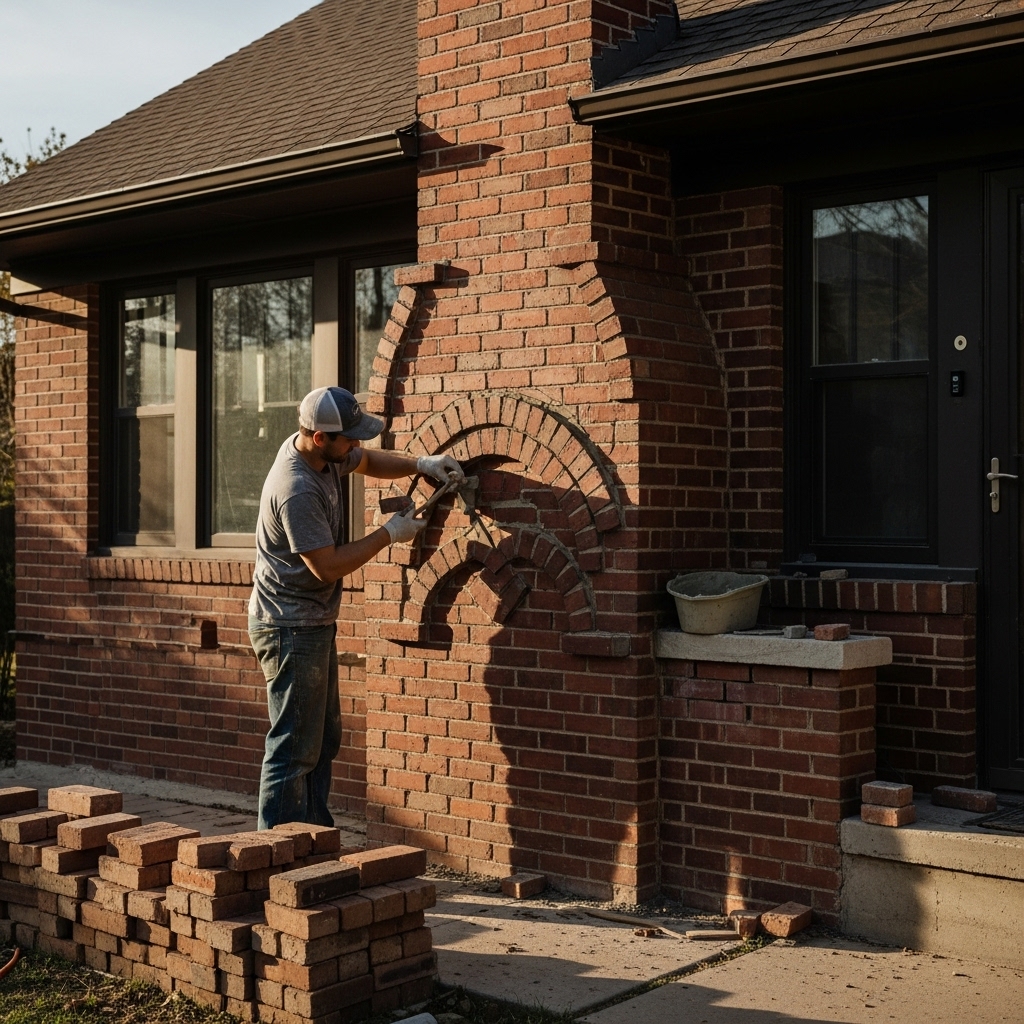Thinking about the investment required to keep your chimney safe and efficient in Denver, Colorado? While every home and system is different, you can understand what influences the overall outlay by focusing on a few key areas: system type, usage patterns, access and complexity, level of buildup, weather exposure, and add-on needs. This pricing overview will not list dollars and cents; instead, it will help you anticipate what drives quotes up or down, how to compare proposals, and how to get value without compromising safety. If you prefer to work with a trusted local provider right away, consider a team that emphasizes thorough chimney sweep services, photo documentation, and clear, prioritized recommendations.
Denver’s altitude, climate, and varied housing stock—from historic masonry fireplaces to factory-built units—introduce factors you should weigh when budgeting. By understanding these influences, you can request well-defined proposals and avoid surprises.
System Type and Configuration
Your fireplace or stove design significantly shapes the work involved. Masonry fireplaces with clay tile flues, metal flues serving factory-built fireplaces, wood stoves connected to liners, and gas inserts each require different techniques. Technicians will consider the number of flues, height and offsets, and whether there are transitions or tight turns that complicate access. Multi-story homes and tall chimneys typically require more planning and time, especially with roof access considerations.
Usage Patterns and Fuel Type
How often and how you burn matter. Frequent wood-burning can accelerate residue accumulation, especially with marginally seasoned wood. Occasional use still warrants regular checks because animals, debris, or wind-blown materials can obstruct the flue. Gas fireplaces also require inspections to confirm clean combustion and safe venting. A candid discussion of your usage helps providers estimate the scope of work and any follow-up recommendations.
Level of Buildup and Condition
Buildup type and thickness influence the approach. Light, powdery residue may be straightforward to address, while sticky deposits or glazed surfaces require different tools and more careful technique. The condition of the smoke chamber, flue tiles or liner, and damper will also affect time on site. Experienced technicians adapt methods to protect the system while removing residues and documenting findings.
Access and Complexity
Roof pitch, height, and surface materials influence safety planning. Weather windows, secure ladder placement, and anchoring methods matter. Inside, tight hearth spaces, built-ins, and delicate finishes require meticulous protection. Companies factor this complexity into scheduling so they can arrive prepared with the right crew and equipment.
Denver’s Climate and Weather Exposure
Sun, snow, hail, wind, and freeze-thaw cycles shape maintenance needs. Crowns, caps, and flashing face harsh elements that can accelerate wear and allow moisture intrusion if not addressed. Technicians who understand these patterns can recommend protective measures that reduce future problems and help maintain safe, efficient operation.
Inspection Depth and Documentation
The depth of inspection and quality of documentation is a major driver of value. Photo-rich reports and camera inspections give you confidence in the state of your system and clarity about next steps. Providers that prioritize inspection quality help you make informed decisions and avoid unnecessary work. Request sample documentation to see what you can expect after the visit.
Add-On Needs and Preventive Recommendations
During a visit, technicians may identify related needs such as improved spark protection, better animal and debris exclusion, or moisture management at the termination point. They might also recommend adjustments to damper operation, smoke chamber transitions, or other components. While these items vary widely, addressing them proactively can help protect your home and reduce the likelihood of future disruptions.
Seasonal Timing and Scheduling
Peak demand happens as cold weather approaches. Booking ahead offers flexibility and can help you secure your preferred appointment window. If you notice smoke backing up into the room, unusual odors, or visible debris in the firebox, do not wait—contact a professional promptly. Early attention often prevents small issues from growing into larger concerns.
How to Compare Quotes Without Getting Lost in Details
Consistency is your friend. Share the same description of your system and symptoms with each provider, and ask them to outline their inspection steps, cleaning techniques, and documentation. Request photos after service and a written summary with prioritized recommendations. The clarity of a proposal and the thoroughness of the process typically correlate with overall value.
- Provide accurate system details and usage patterns.
- Ask for a description of inspection steps and whether camera inspections are included.
- Confirm interior protection and roof safety protocols.
- Request photos and a written summary after the visit.
- Clarify expected scheduling windows and lead times.
Value vs. Shortcuts
Shortcut approaches can look attractive at first glance, but they often leave you with unanswered questions and unresolved risks. Incomplete inspections, minimal documentation, or rushed appointments may overlook issues that matter. A value-focused provider emphasizes safety, careful technique, and education. They will help you understand which recommendations are urgent, which are preventive, and how to plan sensible maintenance.
Common Factors That Increase Project Scope
- Tall chimneys with complex access or multiple flues.
- Heavy or sticky residues that require specialized tools.
- Exterior components with weather-related wear or animal-related damage.
- Historic systems that need special care to respect original materials.
- Signs of moisture entry or drafting challenges that call for diagnostic time.
How to Prepare for a Smooth Visit
Before the appointment, clear the area around the hearth and avoid using the fireplace or stove so surfaces are cool. Secure pets, discuss parking and access needs with the office, and confirm your understanding of the inspection process. Preparation helps the technician move efficiently while keeping your home tidy.
Mid-Guide Recommendation
If you want a dependable experience with clear reporting and respectful home protection, consider a local provider focused on comprehensive chimney sweeping. A team that emphasizes documentation and education helps you make confident decisions that balance safety and long-term maintenance.
Budgeting Without Guesswork
Even without listing specific amounts, you can budget intelligently by understanding your system’s complexity and setting a regular inspection rhythm. Annual checks provide a baseline and catch small issues early. If your usage is heavy or you notice symptoms, schedule sooner. Over time, consistent care smooths out surprises and aligns your plan with how you actually use your fireplace or stove.
Questions to Ask Before You Book
- What systems do you service most frequently in Denver, and do you have photos from similar jobs?
- What steps are included in your inspection, and do you provide camera footage or images?
- How do you protect interiors from soot and debris?
- What roof safety measures do you use, and how do you evaluate weather conditions?
- How will you prioritize recommendations after the visit?
FAQ
Do gas fireplaces require sweeping? Yes. Venting and combustion must be checked, and technicians verify safe operation and terminations.
How often should I schedule maintenance? Many households opt for annual inspections, adjusting frequency based on usage and fuel type. Even light use benefits from periodic checks to confirm safe venting.
What are signs I should not delay? Smoke entering the room, persistent odors, unusual animal activity, visible debris in the firebox, or stains near the chimney are all reasons to schedule promptly.
Will the appointment be messy? With proper containment and HEPA-filtered vacuums, appointments should be tidy. Reputable teams protect floors and furnishings from start to finish.
What documentation should I expect? Look for a written summary with photos and clearly prioritized recommendations. This gives you a roadmap for maintenance and any follow-up needs.
Ready to Plan with Confidence?
Build a smart maintenance plan that supports safety, efficiency, and comfort in every season. When you are ready to move forward, schedule with a trusted Denver chimney sweep and enjoy expert care tailored to local conditions without the guesswork.




